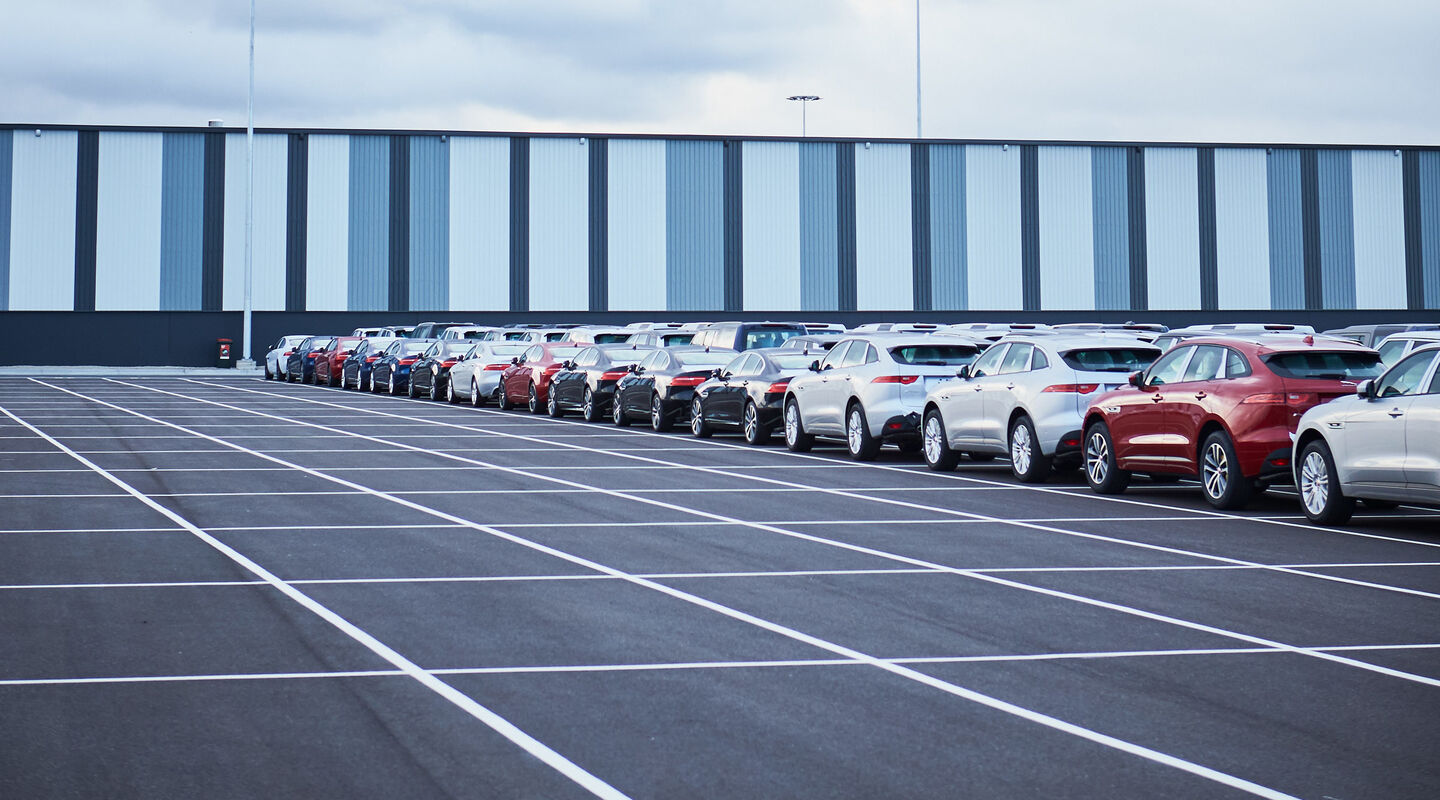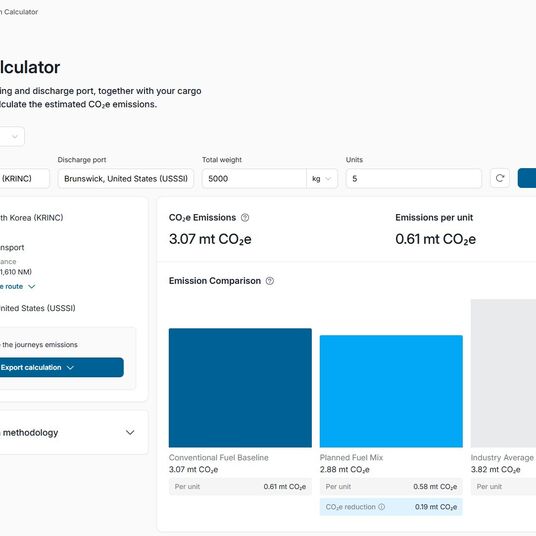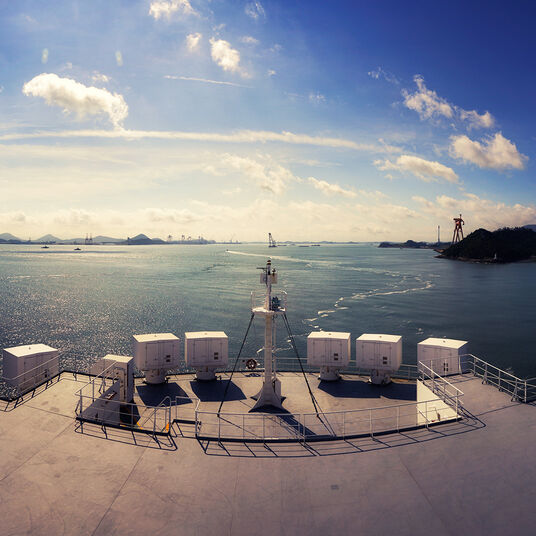All you need to know about biosecurity risk material contamination before you ship cargo to Australia (Part I.)
Protecting Australia’s biosecurity is a shared responsibility. The Australian government represented by the Department of Agriculture, Fisheries and Forestry (DAFF) and we, shippers and exporters to Australia, need to cooperate closely to avoid biosecurity contamination. As a global shipping and logistics company, Wallenius Wilhelmsen encourages our customers to comply with the laws and requirements related to this type of contamination.

As an exporter, you are responsible for ensuring that all goods for export meet Australia’s import and biosecurity requirements
What is biosecurity risk material (BRM)?
Any animal and plant material (alive or dead) including residues, soil material, and food – e.g. pollen, seeds - dormant or sprouted, leaves, twigs, branches, sticks, grass, flowers and flower parts, mold, BMSB, beetles, bees, snails, nest, shells, rodents, birds, reptiles, feces, feathers, dirt, mud, gravel, sand, fruits, peel, wrappers, etc. - are biosecurity risk materials.
Why is BRM important?
New vehicles pose a biosecurity risk to Australia because exotic and highly invasive seed species can hitch a ride on new vehicles exported to Australia. An invasive pest, for instance, would have an enormous impact on the environment, the agricultural industry and the local communities in Australia.
What are the consequences if risky materials are found?
The vehicle will be placed in quarantine awaiting inspection and approved decontamination procedures. Following the required cleaning process, reinspection and approval are required before vehicles can be released.
If contamination is identified by the representatives of DAFF, increased surveillance specific to your vehicles will take place. A thorough inspection of the exterior of vehicles, the engine bay, engine cowl, wheel arches, rubber seals, undercarriage, etc. will take place.
What does this mean to you?
If biosecurity risk materials are not minimized by vehicle manufacturers offshore, there may be business impacts including:
- New vehicles held at the wharf for inspection by the DAFF biosecurity officers
- Increased surveillance for all vehicles
- Wharf congestion; vehicle vessels unable to unload
- Wharf charges
- Charges for 100% inspection for the same make and model (e.g. when seed contamination is found)
- Charges for decontamination and re-inspection
- Delays in meeting vehicle delivery orders
Australian terminals are not purpose-built to facilitate high volumes of contaminated cargo requiring biosecurity decontamination.
If the stringent guidelines below are not followed, we could all face delays, sometimes up to several weeks. It will have significant cost implications for all parties – Australia as a country, you as our customer who owns the cargo, your customers, as well as the timeline and utilization of our vessels.
High volumes of contaminated vehicles can create severe port congestions which can impact the supply chain by backlogging inland resources and delaying the delivery of vehicles to market.
What should you as a shipper do?
Step 1: Follow the guidelines.
In brief: Identify possible biosecurity risks in your cargo, implement control measures around all manufacturing and storage areas, cover the vehicles’ radiators, grilles, and vents during transportation, and use enclosed carriage trailers to reduce the likelihood and impact of contamination.
Avoid using fluid film - or any other protective coat - that contaminants easily adhere to. Conduct inspections before loading. Seek biosecurity-compliant solutions for contaminated vehicles at the Port of Loading. Contact your Wallenius Wilhelmsen representative for questions and detailed advice.
Are you shipping cargo to Australia?
Read our biosecurity risk material guidelines for exporters before you prepare your cargo.

